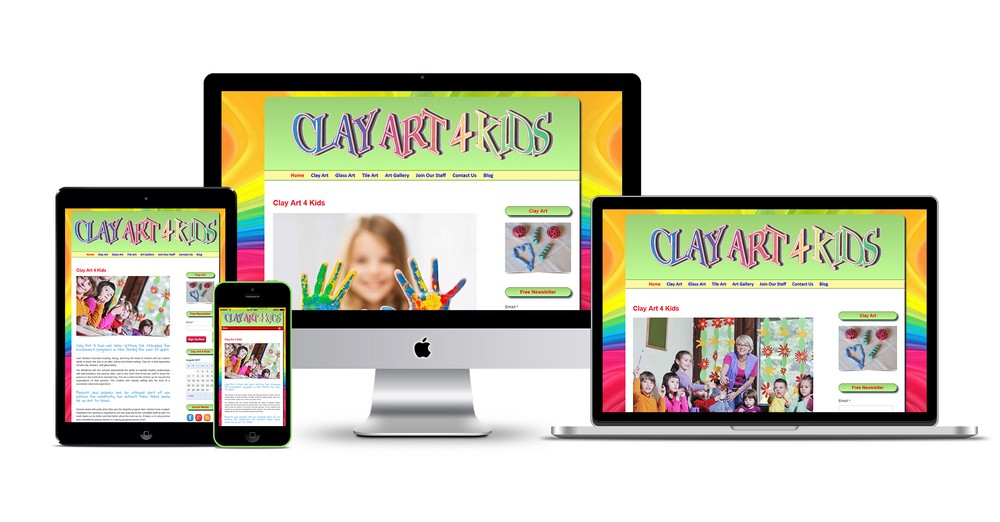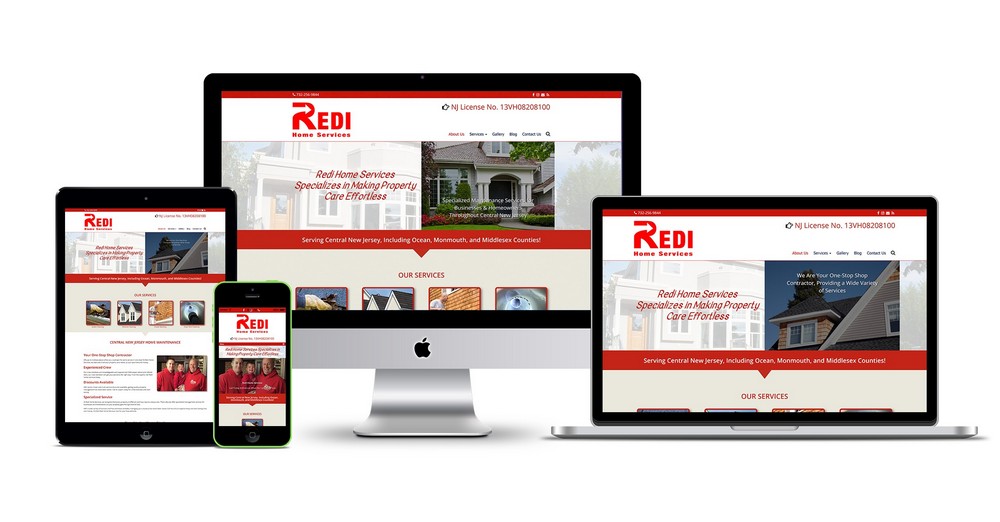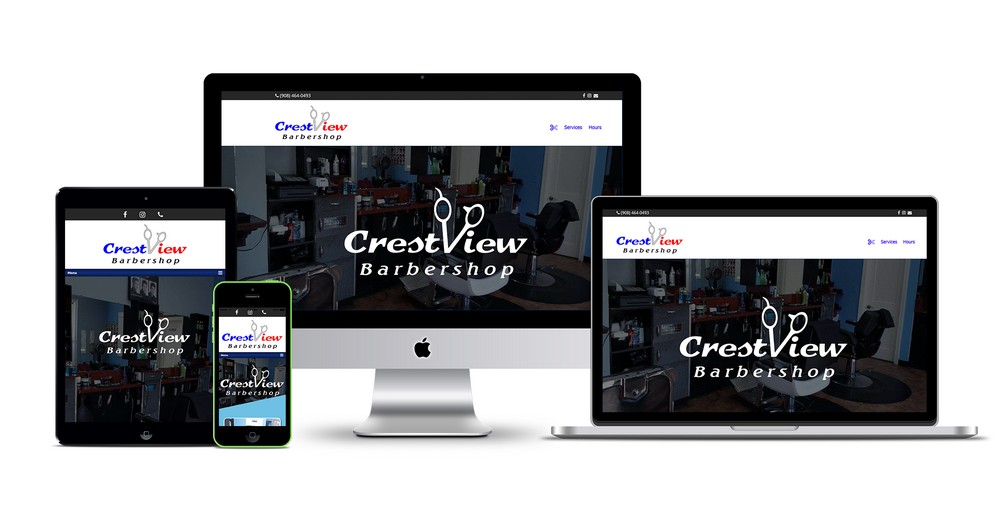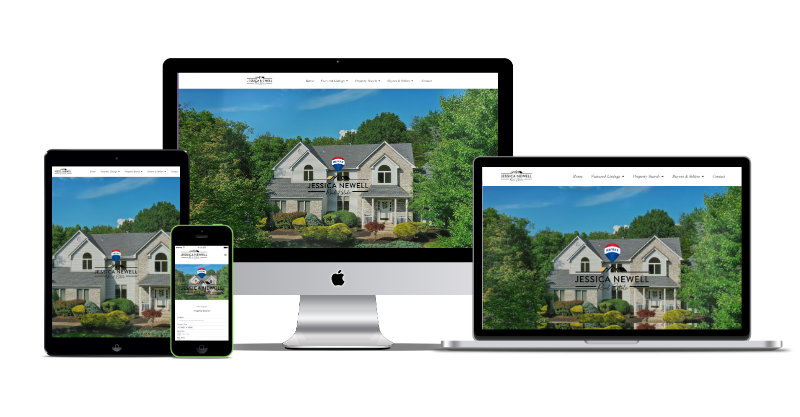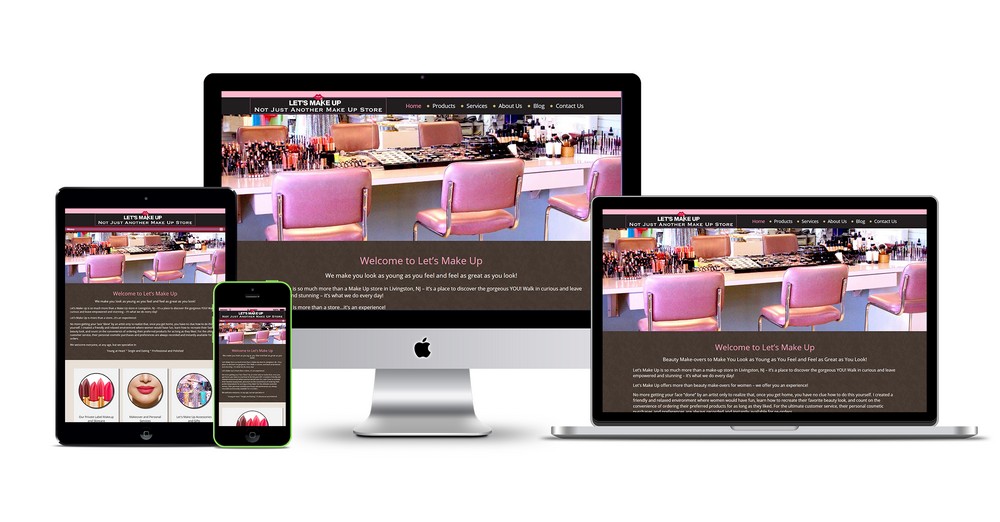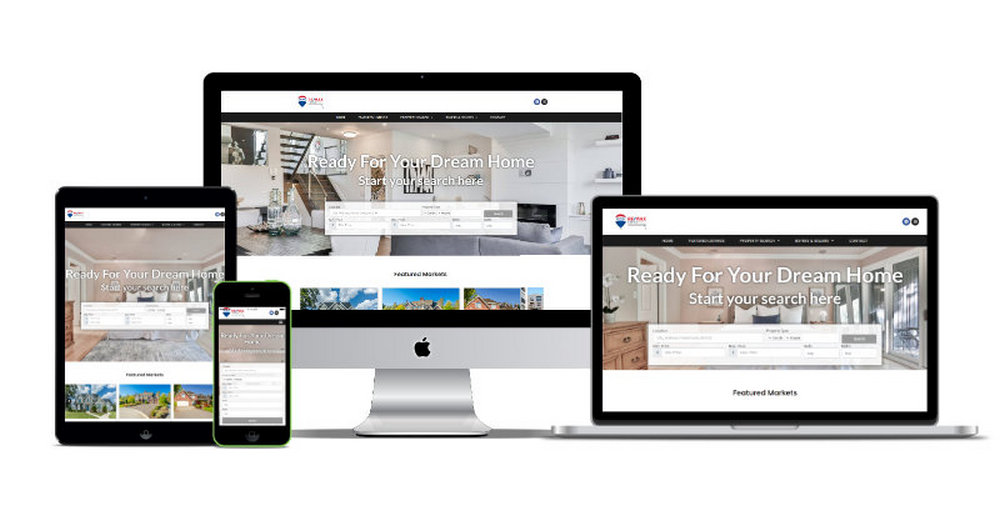In an era where clutter and chaos often reign supreme, minimalist design offers a refreshing respite. By stripping away unnecessary elements and focusing on clean lines, simple shapes, and ample negative space, minimalist design creates a sense of calm, serenity, and visual harmony.
The Principles of Minimalist Design
1. Simplicity
Minimalist design is all about simplicity. It’s about removing unnecessary elements and focusing on the essential features of a product, website, or space.
2. Clean Lines
Clean lines, geometric shapes, and minimal ornamentation define minimalist design. This approach creates a sense of clarity and visual flow.
3. Negative Space
Negative space is the unsung hero of minimalist design. By incorporating ample negative space, designers create a sense of breathability and visual balance.
4. Functionality
Minimalist design is not just about aesthetics; it’s also about functionality. By stripping away unnecessary elements, designers can create products and spaces that are intuitive and easy to use.
The Benefits of Minimalist Design
1. Improved Focus
Minimalist design helps to eliminate distractions, allowing users to focus on what’s truly important.
2. Enhanced Usability
By removing clutter and emphasizing functionality, minimalist design creates products and spaces that are easy to navigate and use.
3. Increased Creativity
Minimalist design provides a blank canvas for creativity to flourish. By embracing simplicity, designers can explore new ideas and approaches.
4. Timelessness
Minimalist design is timeless. By avoiding trendy elements and focusing on clean lines and simple shapes, designers can create products and spaces that remain relevant for years to come.
Real-World Applications of Minimalist Design
1. Product Design
Minimalist design is ubiquitous in product design, from Apple’s sleek electronics to IKEA’s simple furniture.
2. Web Design
Minimalist design is also popular in web design, where simple layouts and ample negative space create a seamless user experience.
3. Interior Design
In interior design, minimalist principles can create peaceful and calming environments that promote relaxation and contemplation.
Conclusion
Minimalist design is more than just a aesthetic; it’s a philosophy that celebrates simplicity, functionality, and elegance. By embracing minimalist principles, designers can create products, spaces, and experiences that inspire, uplift, and endure.










